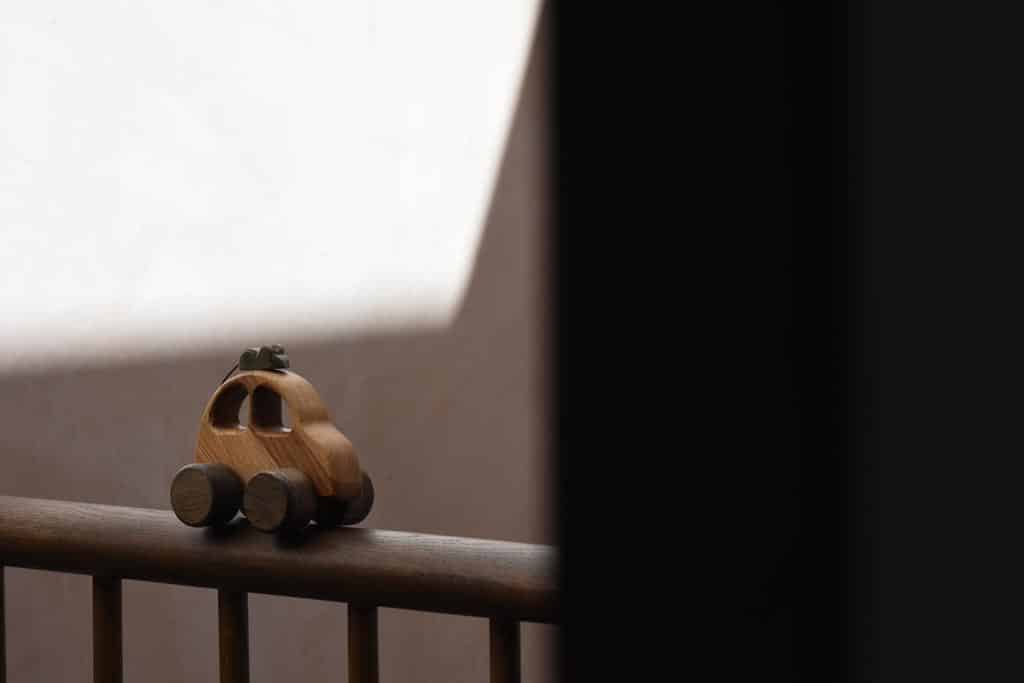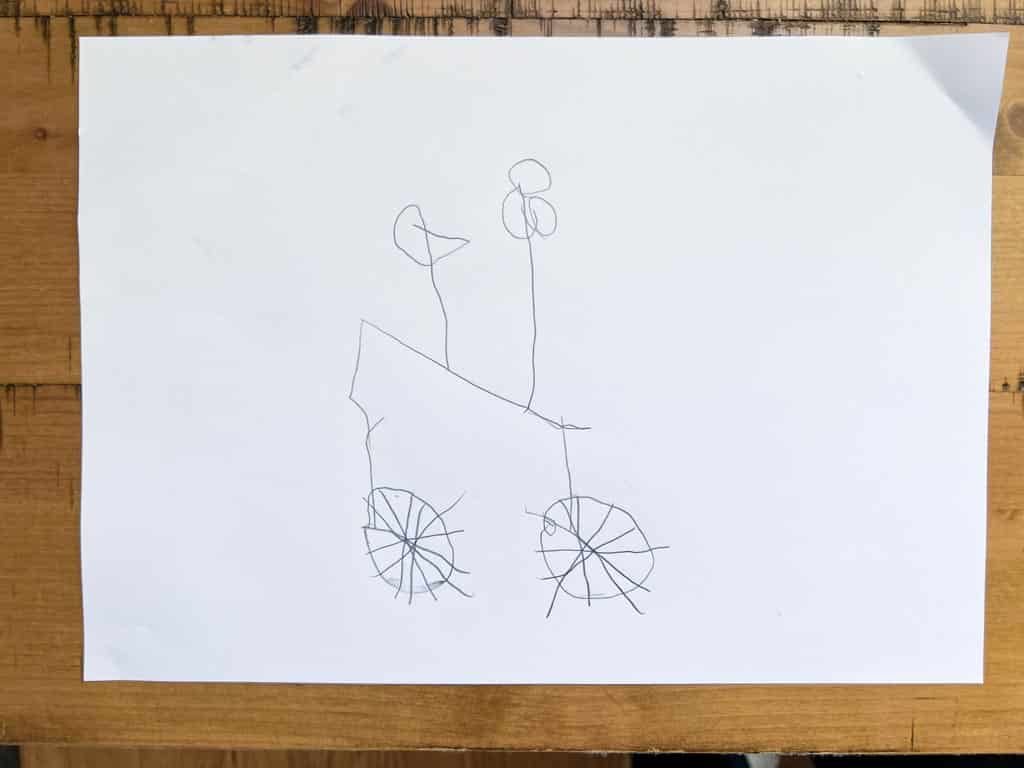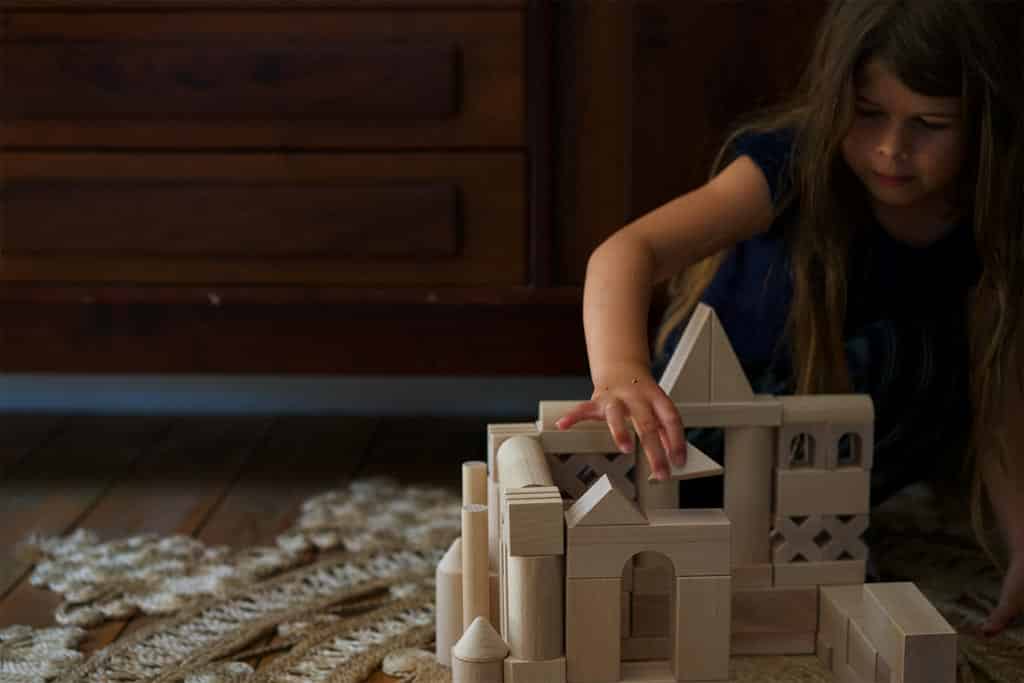For children of a certain age, wooden train sets are mesmerising. The rhythmic sound of the wheels clicking over the joins in the track, the whoosh of acceleration as the train rolls down slopes. Even the smell of the wood is calming.
There’s nothing surprising about the train’s route. There can be no sudden detours, no unexpected events. It seems to be the very antithesis of open-ended play. So why the obsession?
For toddlers starting to make sense of the world around them, it is the railway’s very knowableness that is the key to its success. A train that races off around the track is sure to return to exactly the same spot at the end of its journey. A steam engine chugging into a tunnel will soon enough appear out the other side. Children (mostly) learn through play; they learn by doing. And much of that doing is the exploration of concepts and materials through repeated action. If you’ve already spent some time reading our guides you’ll know where I’m going with this: schemas.
Train sets and schema play
Back and forth, round and round, through, over and under. Trains move in ways that correspond neatly with many of the most common schemas. These are patterns of thinking that young children use to make sense of the world.

Often, you can tell that schema play is happening because the action centres on one particular stretch of track – a tunnel, a bridge, a turntable (enveloping, positioning and rotation respectively). This is valuable information! You now know which activities to offer to deepen your child’s understanding. See our overview of schemas for more details.






